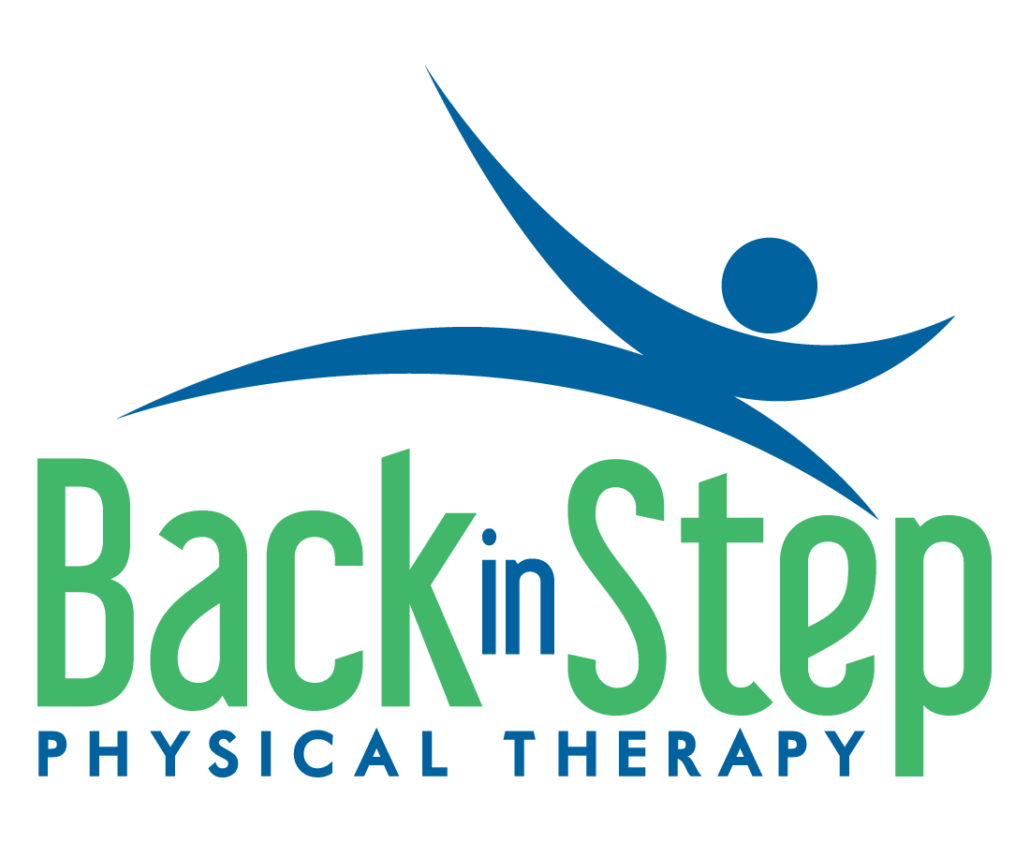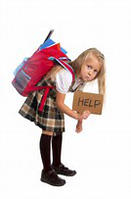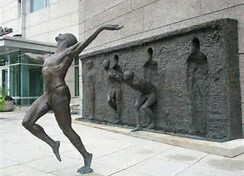Things to Remember for Back to School
It’s that time again – going back to school to start another year. You’ve already done the shopping for your kids’ new clothes and school supplies. You’ve learned more about the teachers they’ll have, what the schedule will be like, and what special events will be coming up. We’d encourage you to consider a couple of other things, including how your child wears a backpack and how that backpack is fitting, pre-performance physical exams for student athletes, and maintaining physical activity.
Backpacks
One thing to think about is mentioned in this article from a Minnesota paper: watch out for heavy backpacks, or wearing backpacks incorrectly.

If backpacks are too heavy, it can lead to sore necks and backs, sore shoulders, or tingling into the arms. It can also impact their standing posture from trying to offload the weight of the backpack that’s behind them, which can lead to more long-term effect.

If fitted incorrectly, it can lead to different aches and pains, because the pressures of the straps and the load of the backpack aren’t being supported as intended. Finally, if your child carries his or her backpack on one shoulder, it places more pressure and stress on one side of the body, while forcing muscles on the opposite side of the body to work more than normal as a result.
Even the way your kids pick up their backpack can make a difference. Make sure that they’re using good body mechanics, lifting with their legs and bending their knees. If you’ve tried making some changes to their backpacks, or have already changed the loads that they’re carrying, and they’re still telling you that they’re having pain or tingling, consider taking them to see a physical therapist.
Pre-Performance Physical Exam or “Sports Physical”
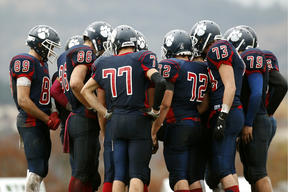
Many sports require that kids get physical exams each year before being allowed to participate. These exams are a great way to get a sense of how your child is doing before something becomes a problem. Physicals have been shown to play an important part to determine if someone has congenital heart defects and shouldn’t participate in sport, or as a screening if the child has had a history of concussions. They can also help identify things like asthma or other health concerns that need to be addressed. Sports physicals are a great opportunity to get ahead of the game, identifying potential problems and getting the athlete into the right care if something does need to be addressed. These exams are provided at many primary care physicians’ offices and at some physical therapy clinics. Read more about sports physicals here.
To get an even more in-depth analysis of your athlete and their performance before the season is in full swing, another opportunity is to see your physical therapist for an annual PT exam. This is recommended to address fitness and movement problems before serious injury occurs.
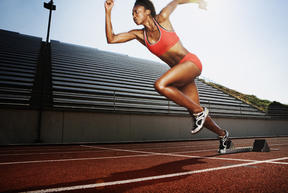

Different than your typical sports physical, your physical therapist will actually see your child in motion, going through a variety of drills, assessing muscle strength, joint mobility, flexibility, etc. They may even complete assessments that are specific to your child’s sport or sports of choice. A standard sports physical assesses general health, and at basic items, like if your child has scoliosis or flat feet – nothing with your child actually completing an activity. Contact us at Back in Step Physical Therapy in Centennial, CO to get scheduled for an Annual PT Exam. We offer a variety of options, including a specific exam for dancers.
Physical Activity
According to the Centers for Disease Control and Prevention (CDC), there are a variety of guidelines for children’s activity levels. Aerobic activity, things like brisk walking or running, should be complete for 60 minutes per day, with the goal of “vigorous-intensity activity” (like running) to be done at least 3 times per week. Kids should do muscle strengthening activities, like push-ups, at least 3 days per week. Lastly, then should do bone-building activities, like jumping rope or running, at least 3 days per week.
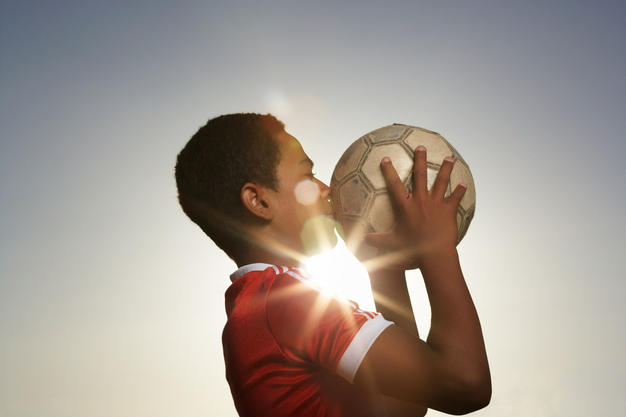
Several of these types of activities may overlap between categories, or you could blend a variety of activities into one session, touching on each category. Depending upon the age of your child, exercise options may be more like a game that they’re playing or may be related to a sport that they participate in. However you get there, it’s important that you child works toward these recommendations. Of course, there may be reasons that your child can’t or shouldn’t participate in some of these activities, but it’s important to at least incorporate some movement in his or her routine on a daily basis.
Kids spend a lot of time on the bus or in the car, sitting in class, and doing their homework. Regular activity can help maintain overall health and fitness, regulate mood and energy levels, help with sleep routines, and improve overall school performance as well. If you’re not sure about what your child can or should be doing, or they need some special considerations due to level of ability or injury, check with your physical therapist about creating a program to keep your child on the right track.
Final Words…
The school year can keep kids and their families busy, whether it’s due to the class schedule and homework workload, or sports and after-school activities. No matter how busy you get, make sure that your child is meeting recommendations for daily activity, that they are staying healthy and safe with things as simple as carrying their backpacks, and that they are screened on a regular basis, whether it’s with as sports physical or an annual PT exam, especially if they’re participating in sports.

Contact us at Back in Step Physical Therapy to learn more about how we can help you and your child this school year!
